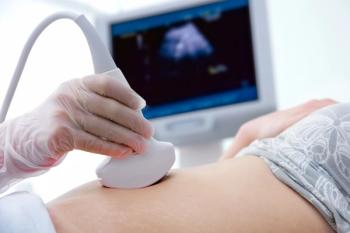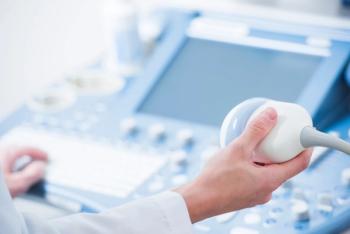
Ultrasounds images: Fetal anomalies of the first and second trimesters (Part 2)
While several fetal anomalies can be diagnosed early in the pregnancy, second-trimester ultrasound can identify or exclude even more conditions. The second slideshow of our ultrasounds collection includes the second-trimester anomalies of the body and limbs that shouldn't be missed.
While several fetal anomalies can be diagnosed early in the pregnancy, second-trimester ultrasound can identify or exclude even more conditions. The second slideshow of our ultrasounds collection includes the second-trimester anomalies of the body and limbs that shouldn't be missed.For more information on first-trimester anomalies and second-trimester anomalies discussed anomalies of the head and brain, check out Part 1 of the series.More information on ultrasound diagnoses can be found in, 'Using ultrasound to recognize fetal anomalies.'
Newsletter
Get the latest clinical updates, case studies, and expert commentary in obstetric and gynecologic care. Sign up now to stay informed.










